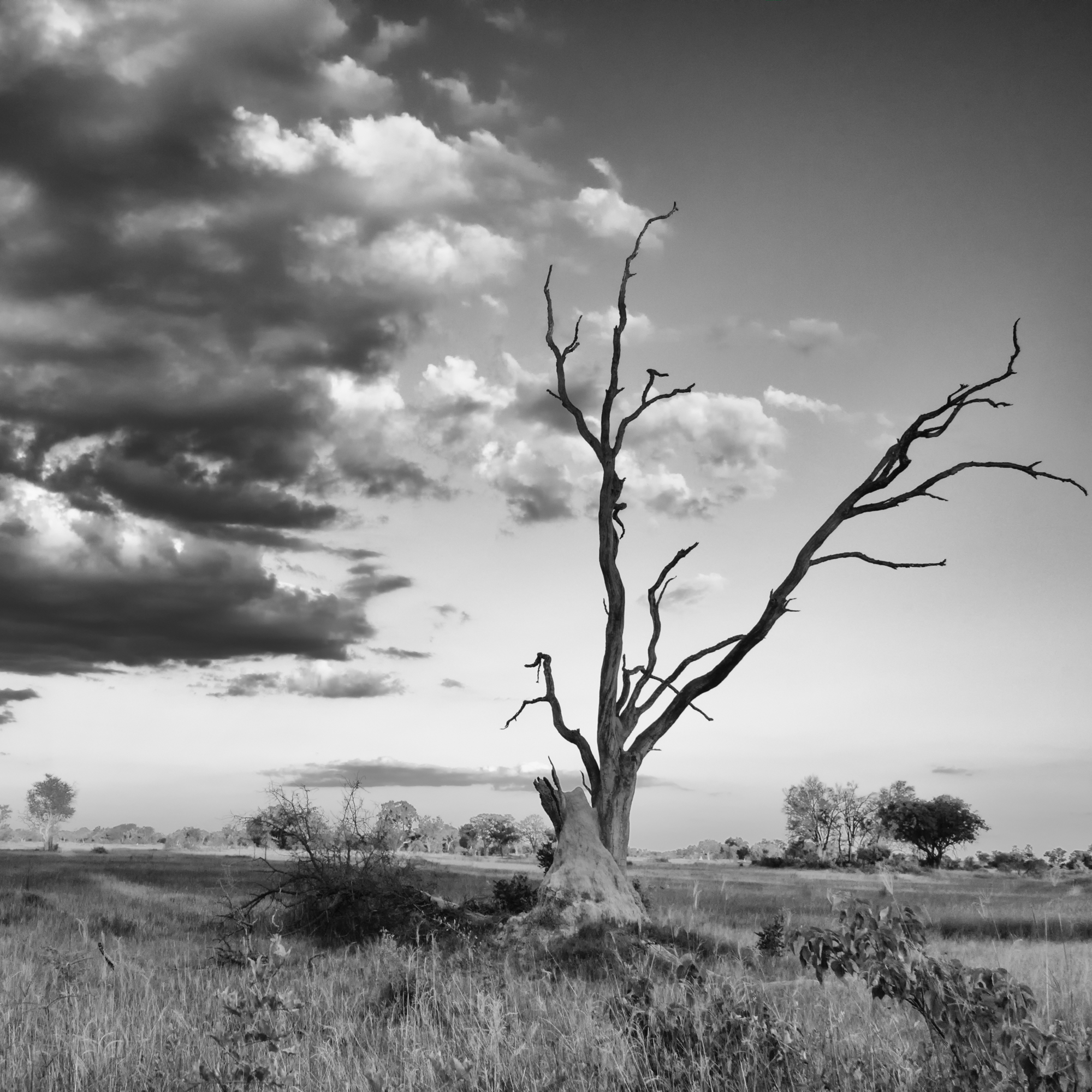




Showcasing the beauty of Mother Nature




For some reason, lions were calling to me today, so that’s the feature of monochrome Monday for the week. These images were from a few different lion sightings on my most recent trip to South Africa. I hope you enjoy, and wishing you a fantastic week!



I finished off last Sunday’s post with the promise of sharing a few more leopard images this week, and here they are.
I was fortunate enough to spend time with this mother leopard and her cub on a couple of different occasions, in slightly different areas, providing a nice variety of images. All the ones shared today though were taken on the same morning.
I hope you enjoy the selection below.
Wishing everyone a very Happy Thanksgiving today; I hope you have the opportunity to share the day with people that you care about, and can take some time to reflect on all the things to be thankful for.





I think a lot of times, the antelope species seen while on safari get a bit ignored, as many guests want to focus on finding the Big 5 or Magnificent 7. Don’t get me wrong, I absolutely love those as well, but I do also enjoy stopping to watch the antelope going about their day.
Nyala are beautiful animals. The males have curving horns and a shaggy coat on the underside of their necks. The females are smaller and more lightly coloured (almost the same colouring as an impala). Both feature white facial markings, and subtle stripes on their backs.
So why monochrome? It just seemed to fit the images (and it gave me something to post today!)
I hope everyone is having a great start to the week!



I said this month was going to be freestyle for my Sunday posts, and as I was going through my catalogue earlier in the week, I was taken by images of this leopard and decided to edit a few to share.
One of the things I love about being in the bush is witnessing some of the drama that unfolds. This sighting was definitely more than met the eye at first glance.
The previous evening, we had very briefly driven to this area, as there was a leopard on an impala kill. It was getting dark though, so we decided to carry on and make this area our first stop the next day. When we headed out on our morning drive from Chitwa Chitwa, other vehicles were already at the sighting, so we had to wait a bit, but when we got there, we found a different leopard on the impala kill. So, sometime during the night, the male leopard that we initially saw left, and this female snuck in to have an easy meal.
Things were made even more exciting by the fact that she had a cub who was also nearby, but you’ll need to check back next week to see some images of the two of them together.






More of this beautiful leopard next week. Until then, wishing you a wonderful week ahead.



It seems like it has been a while since I have played around with tinted monochrome images. This elephants looked good in black and white, but felt better with the warmer, coffee tones you see below. These were taken on different days, but all fairly late in the morning, when the sun was casting harsh shadows. Conventional wisdom says that’s the time to put away the camera, but I’ll keep shooting as long as there is something interesting to look at. The bulk of an elephant and the highly textured skin seem to be able to handle harsh light quite well.



This post was originally going to be the big five, but I had images of cheetah and wild dog that I wanted to play around with, so the magnificent seven it is.
One of the reasons I wanted to focus on my photo art this month was to try and learn a bit more about Topaz Studio version 2. I’ve played around with it a bit, and watched some tutorials, but for the workflow I am using, at this stage I will be sticking with version 1. The issue that I was finding is I can’t get files to make a round trip using On1 Photo Raw. I can get the file into Studio 2, and work on it, but the only option for saving is an “Accept” button, which with the workflow I am using, appears to do nothing. I select it, but the file doesn’t get saved, exported or anything else. New software versions are typically a bit buggy, so I’ll give it a few update cycles and then play around with it again and see what happens.
One of the great things about photo editing tutorials is getting the little reminders for things that are outside of the normal workflow. In this case, the reminder was to play around with blending modes when using AI Remix, Impression and textures. For example, the cheetah image below was edited using (amongst other tools) a filter in AI Remix called Neon Rise. But changing the blend mode from normal to luminosity kept the amazing texture that the filter offered, but eliminated the wild and crazy colours for something far more subdued, and suited to the image.
I hope you enjoy the selections below. Wishing you a fantastic week ahead.







You can find some of these images in the Photo Art section of my gallery.

Here are a few images of red-billed quelea murmurations that I hadn’t finished editing when I was doing my month of posts on birds.
I was a little unsure of converting these all to black and white, because they had beautiful sunset colours; but stripping it back does change the focus and impression. What do you think?



Wishing everyone a fantastic week ahead!